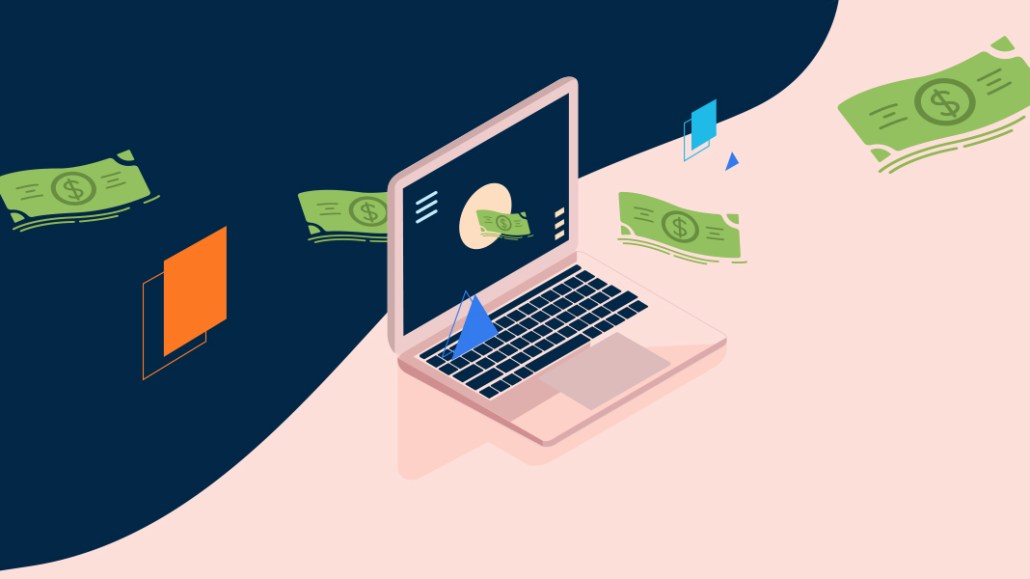This classic economic theory could save the digital publishing business

By Chris Pavlovski, founder and CEO, Rumble, Inc.
At the end of this month, the Digiday Publishing Summit will bring together more than 200 minds that will define the future of the publishing industry. This business is in the thick of a perfect storm, marked by dramatic restructuring, fragmented audiences and technological disruption that continues to send shockwaves across every corner of the industry.
Needless to say, there will be a lot to talk about when we convene. Because the numbers show the cost structure for digital publishers is still not right. Yet last year, for the first time ever, more money was spent advertising online than on traditional television. Other studies analyzing bandwidth consumption signal average streaming hours are on the rise, with mobile screens set to soon eclipse television. eMarketer and Nielsen have revealed staggering numbers on media consumption. So why are digital publishers still struggling?
In an effort to redefine media for the digital age and, frankly, to attract investors, digital publishers think they need to be “technology companies.” But technology costs are too high, too complex and move too fast to insource it all.
FOUR CRUSHING BLOWS
1. As we know all too well, Facebook — under legal and regulatory pressure to respond to the spread of misinformation that often originated on its site — delivered some crushing blows to our industry when it changed its algorithm earlier this year. Those changes significantly diminished a major source of traffic for digital publishers.Those who rose to relevance on the wave of Facebook referrals were obviously hit the hardest.
2. Most digital publishers laid off significant chunks of their teams, others were sold at subpar valuations and some even went out of business entirely. Meredith, with its prized brands including Sports Illustrated, Fortune and Time, wasn’t even immune. Neither was Vice, nor BuzzFeed. Rogers, in my home country of Canada, was injured. Mashable was acquired at a “fire sale” price and Columbia Journalism Review opined “Quartz sale doesn’t give digital media players much to cheer about” when it was sold to Japanese firm Uzabase this summer.
3. Then there is the brand safety issue. We’re more than halfway through 2018 and brand marketers continue to be much more cautious and selective when spending on digital platforms, especially when it comes to programmatic advertising. Of the 304 that Oath surveyed, 58 percent “are more concerned this year than last year.” Beyond Facebook’s false news crisis, YouTube was forced to shift gears when videos of hate speech, terrorism and violence ran alongside advertisements from trusted brands.
4. Fake headlines and Photoshop pale in comparison to Jordan Peele’s impersonation of Barack Obama in this video. And as politics reaches a new level of intensity and polarization, digital publishers are feeling the impact. Brands must consider their association to political controversy and make sharp decisions on where to advertise.
TIME IS NO LONGER A LUXURY — BUT THERE’S A SILVER LINING
There are a few exceptions. The New York Times enjoyed 43 percent subscriber growth last year according to Mary Meeker’s seminal Internet Trends 2018 report. Bloomberg boldly added a pricey paywall. Dow Jones is experimenting with artificial intelligence to determine which articles it should feature for free, in hopes of attracting paid subscribers. Business Insider shows that search engine optimization and novel content syndication strategies can work. Yet Google and Facebook continue to reap the bulk of advertising spend.
Latent ad space, stale content libraries, anemic subscriber growth and fragmented audiences continue to plague most publishers. So do technology teams within old media companies that cling to in-house technology platforms. These platforms are often built for outdated consumer behavior and lack the capability to optimize revenue around newer consumer trends like increased video viewing and mobile content consumption.
STICK TO YOUR KNITTING, BUT KNIT THE TECHNOLOGY STACK
To ride this next wave, digital publishers must keep technology costs low and focus their resources on making, sourcing and marketing the best possible content for their target audiences — content that captures the nuances of the day. It is no longer necessary, and I would suggest it is actually ill-advised, to create in-house custom technology when off-the-shelf solutions like video players and artificial intelligence can do the job better for lower cost. Uber and AirBnB’s meteoric rises were arguably due to stitching together technology underpinnings from a variety of outside innovators that powered their business, as Maxwell Wessel and Roy Ng astutely explained more than three years ago.
Digital publishers can keep their audiences and profits by asking themselves how to limit in-house technology costs so the focus remains on core competencies of making, sourcing and marketing great content.
It is analogous to the classic economic theory of comparative advantage that has served as the foundation of international trade for 200 years. In other words, if we all just focus on what we do best, and partner on everything else, maybe we can finally put the digital publishing industry on the path to profitability that we’ve believed for years was just around the corner.
More from Digiday

Pitch deck: How Amazon is recasting Twitch as a core part of its CTV pitch
Amazon is positioning Twitch as a defining asset in its CTV ambitions.

Netflix transforms former mall department stores into experiential venues
The location in Dallas opens this week, and one at the King of Prussia mall near Philadelphia opened last month.

In Graphic Detail: What to expect in media in 2026
Programmatic mix will broaden, while AI investment will both drive ad investment and steal focus from other marketing priorities.





